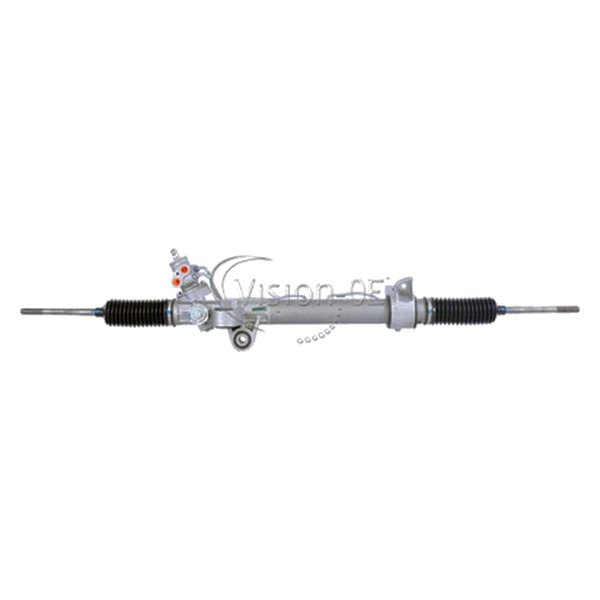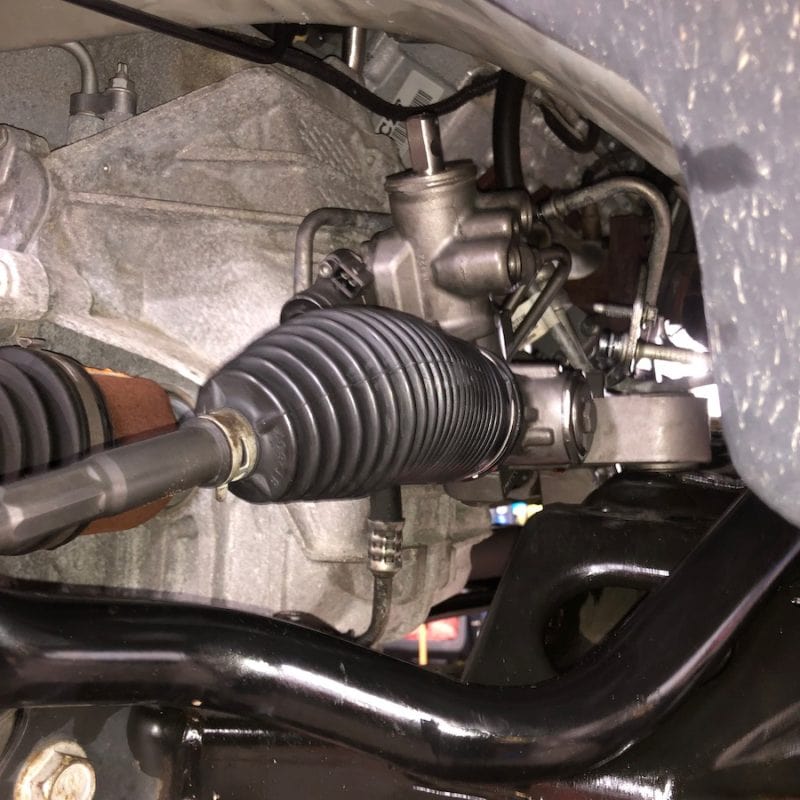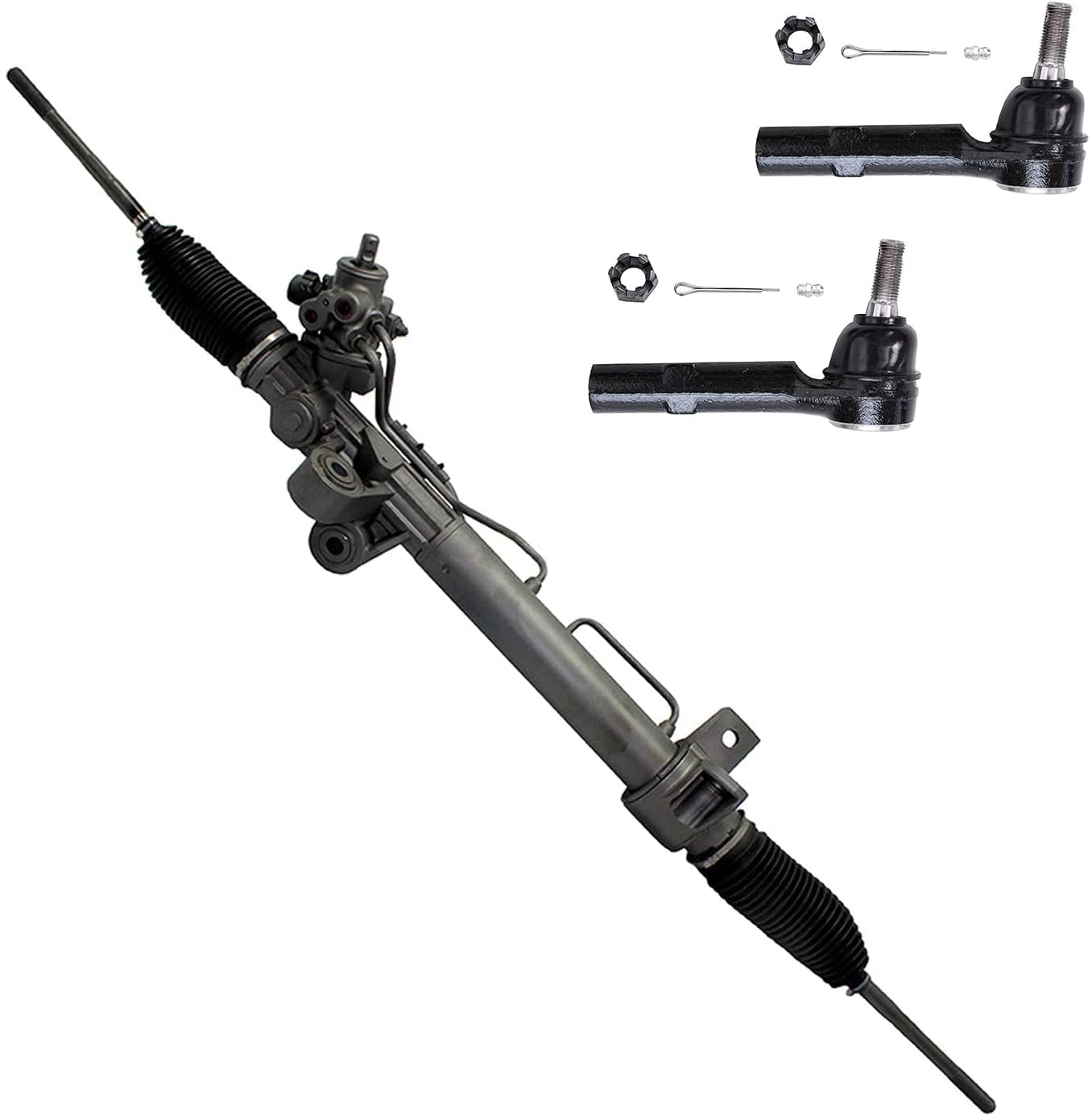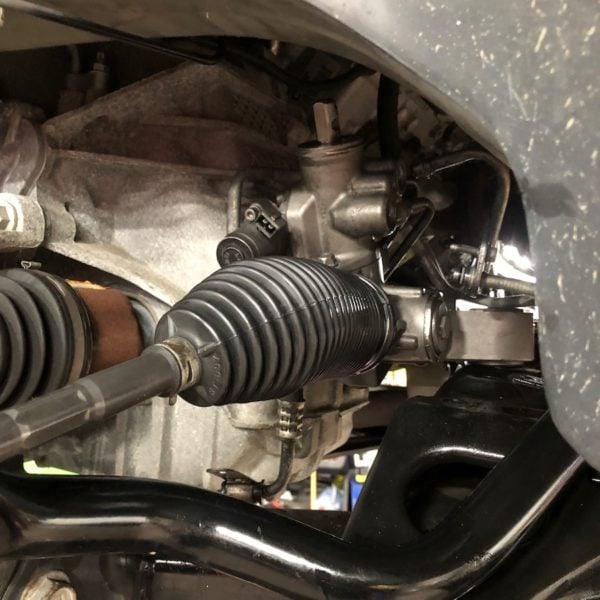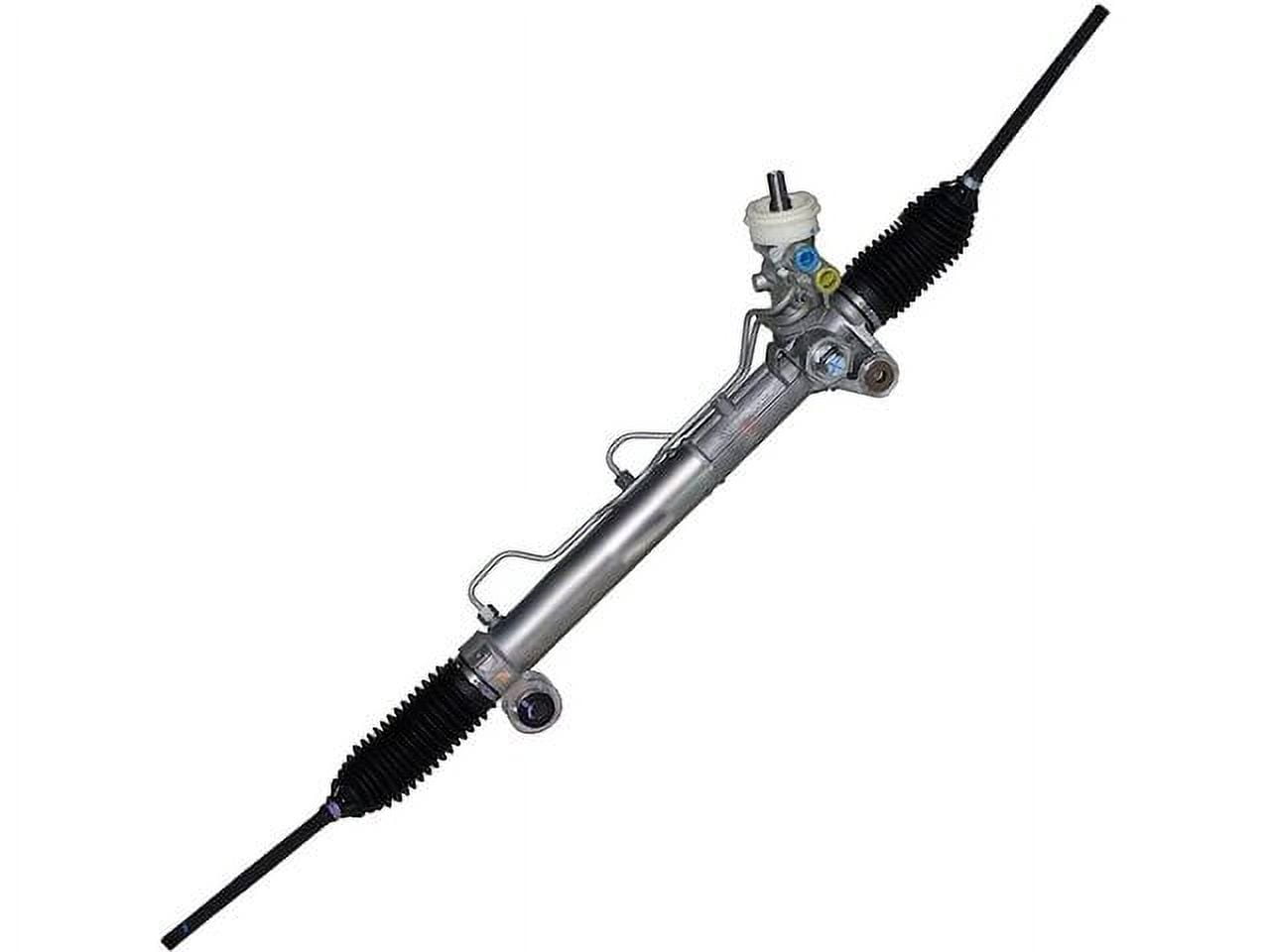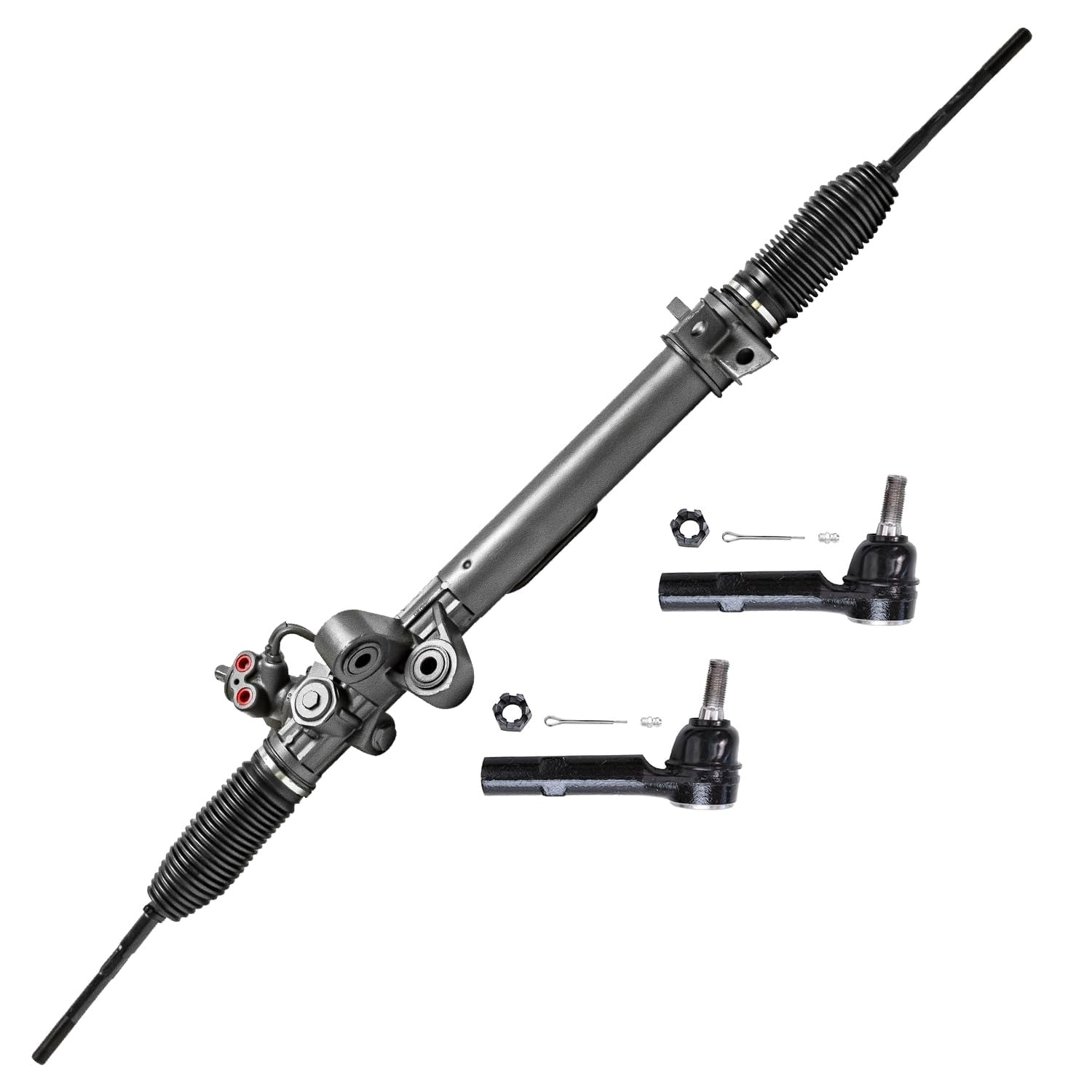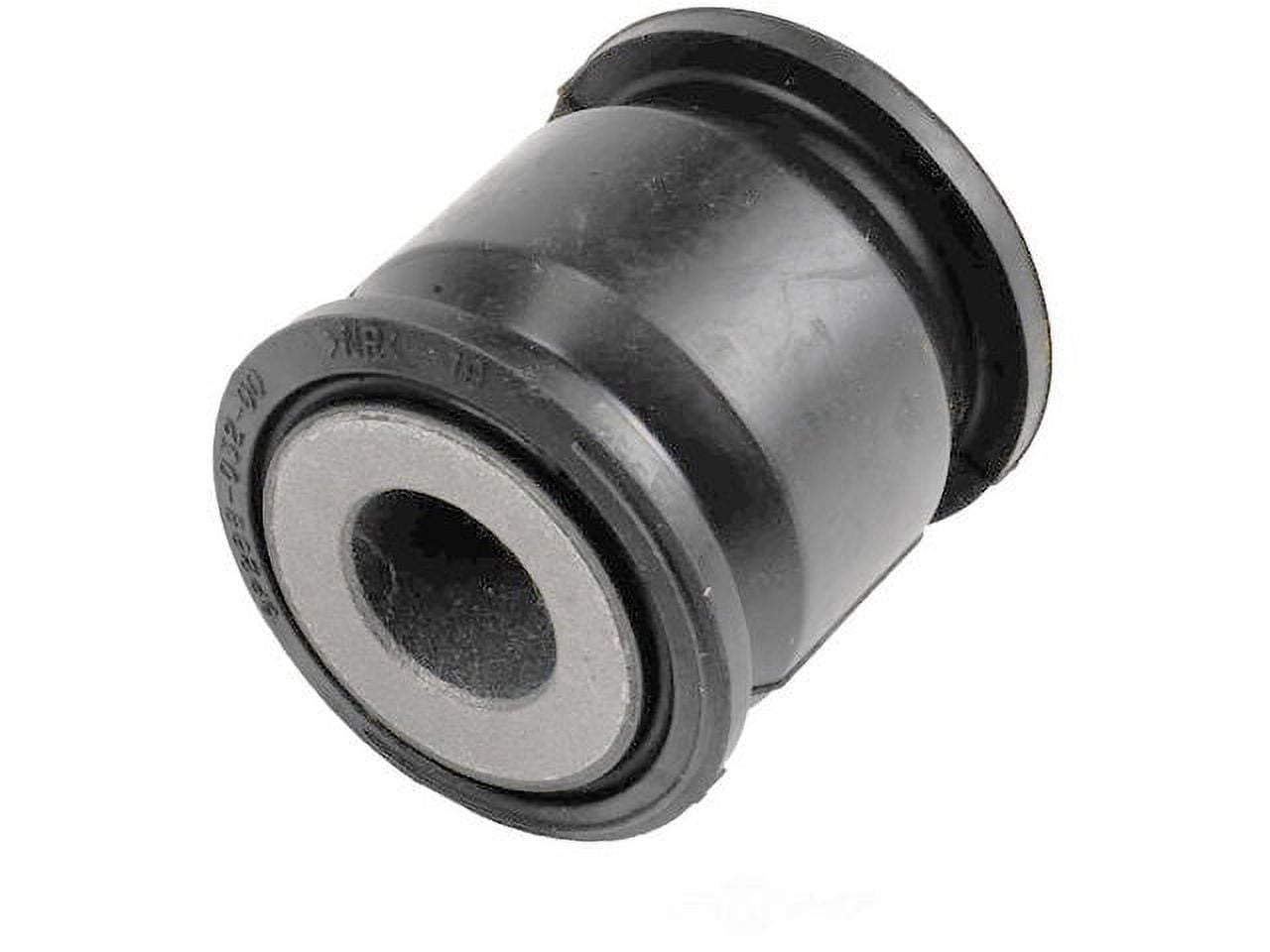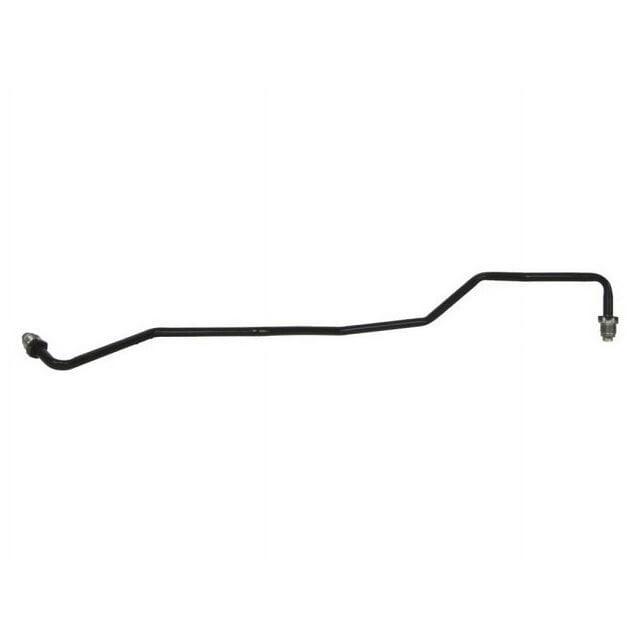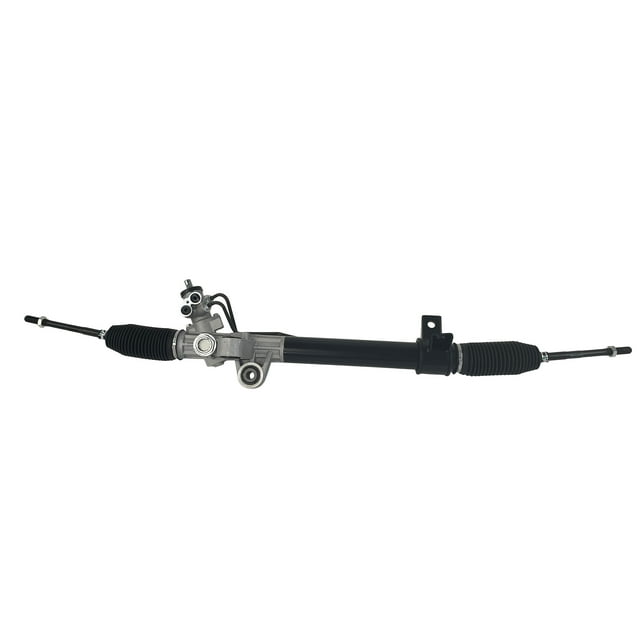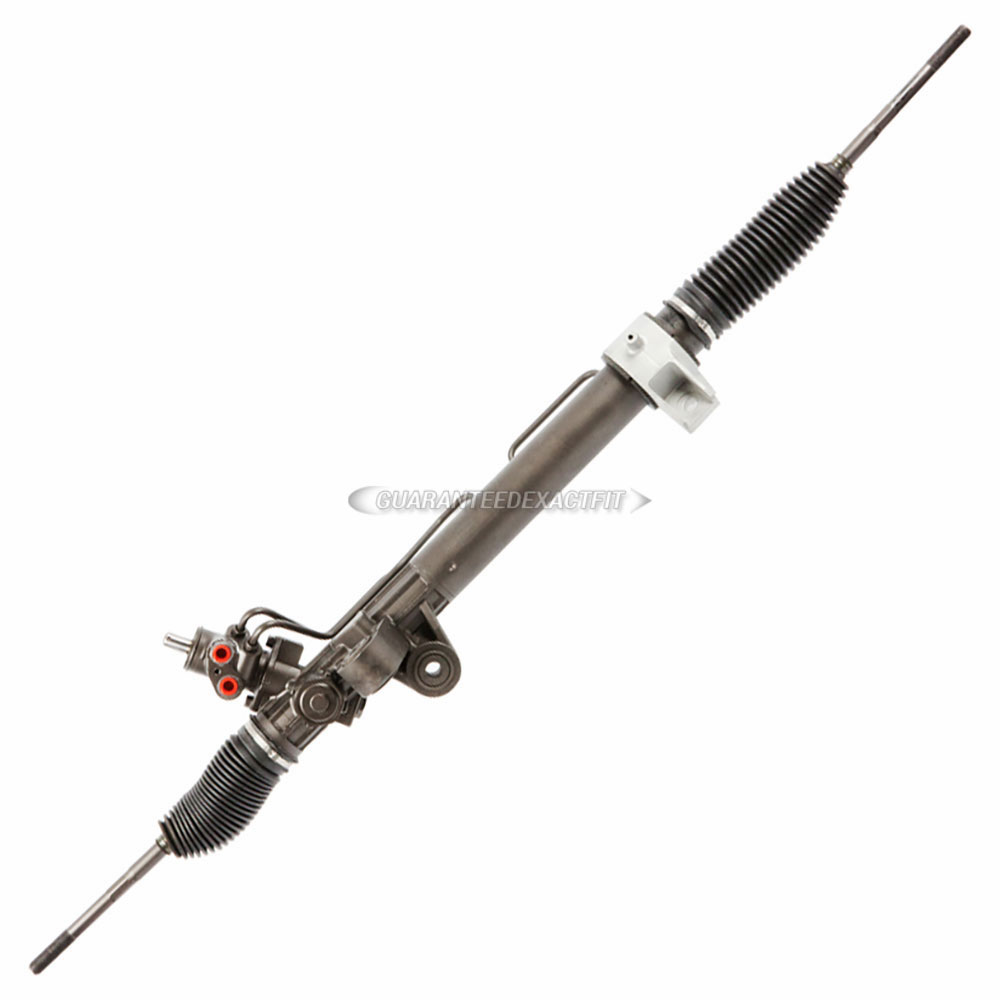2011 Chevy Traverse Rack And Pinion

Some owners of the 2011 Chevrolet Traverse have reported issues with the rack and pinion steering system, leading to concerns about vehicle safety and repair costs. These reports have prompted discussions among drivers, mechanics, and consumer safety advocates alike.
This article examines the reported problems with the 2011 Chevy Traverse rack and pinion steering, the symptoms experienced by drivers, and the potential implications for vehicle owners. Understanding these issues is crucial for affected individuals to navigate repairs and potential safety concerns.
Reports of Rack and Pinion Problems
Several drivers of the 2011 Chevy Traverse have documented experiences with a failing rack and pinion steering system. These reports surfaced across online forums, complaint websites, and repair shops.
The issues typically arise after several years of vehicle use, often between 70,000 and 150,000 miles. This timeline suggests a potential wear and tear or component durability issue.
Common Symptoms
The symptoms reported by drivers range from subtle to severe. A primary indicator is a “play” or looseness in the steering wheel, reducing the precision and responsiveness of the vehicle's handling.
Drivers also report experiencing unusual noises, such as clicking or clunking sounds, especially when turning the steering wheel at low speeds. Steering may also feel stiff or difficult, requiring increased effort to maneuver.
In some cases, leaks of power steering fluid have been observed, often near the rack and pinion assembly. Fluid loss can lead to diminished power steering assistance and potential damage to the pump.
Potential Causes and Repair
Several factors might contribute to the premature failure of the rack and pinion system in the 2011 Chevy Traverse. Normal wear and tear, particularly on components like seals and bushings, can lead to leaks and reduced steering performance.
Aggressive driving habits or frequent driving on rough roads may accelerate wear and tear on the steering components. Corrosion can also play a role, especially in regions where road salt is heavily used during winter.
Repairing or replacing a faulty rack and pinion system can be a significant expense. The cost typically ranges from several hundred to over a thousand dollars, depending on the repair shop, the quality of the replacement parts, and the labor involved.
Some owners may opt for aftermarket replacement parts, which can be less expensive than genuine GM components. However, it is important to consider the reliability and warranty coverage of aftermarket parts.
Safety Implications
A failing rack and pinion system can significantly compromise vehicle safety. Reduced steering responsiveness and control can increase the risk of accidents, especially in emergency situations.
Power steering fluid leaks can also create hazardous conditions, as the fluid is flammable and can damage other vehicle components. It's crucial to address any steering issues promptly to maintain vehicle safety.
Consumer Action and Resources
Owners experiencing rack and pinion problems with their 2011 Chevy Traverse should consult with a qualified mechanic. It is also advisable to keep detailed records of repairs and related expenses.
Consumers can also report their experiences to the National Highway Traffic Safety Administration (NHTSA). Reports submitted to NHTSA can help identify potential safety defects and may lead to recalls or investigations.
Owners can also connect with other affected individuals through online forums and social media groups. Sharing information and experiences can help drivers find solutions and potentially pursue collective action, if a design flaw is determined to be the cause.
While not every 2011 Chevy Traverse will experience rack and pinion issues, the reports of problems raise awareness for owners to monitor their vehicle's steering system for any signs of trouble. Early detection and prompt repair are critical to maintaining vehicle safety and avoiding more costly repairs down the road.

